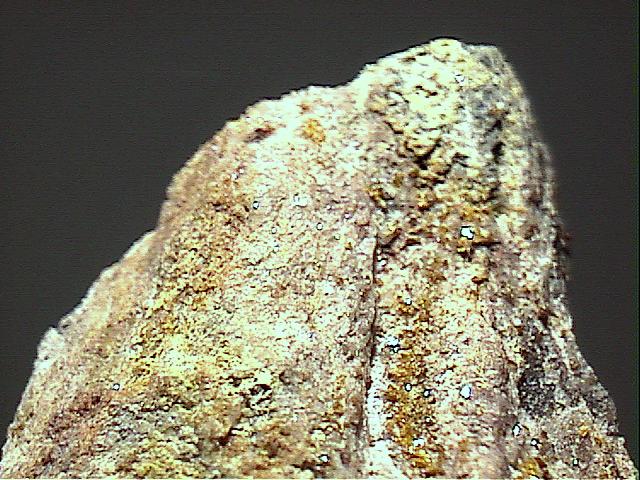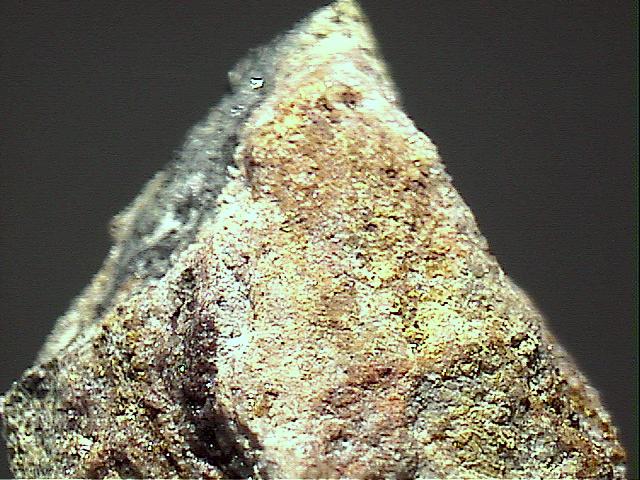 THE
MINERAL PUCHERITE
THE
MINERAL PUCHERITE
- Chemistry: BiVO4, Bismuth Vanadate.
- Class: Phosphate Class
- Subclass: Vanadates
- Uses: Only as mineral specimens
Specimens
Pucherite, whose name comes from the actual mine shaft (Pucher Shaft) from where the first specimens were found, is a rare bismuth vanadate mineral. Pucherite is found at the Wolfgang Mine near Schneeburg in Saxony, Germany and a few other places. The Wolfgang Mine is the mine that contains the Pucher Shaft. The bismuth in this mineral has an effect similar to the presence of lead in other minerals. It increases both the density and luster. Pucherite has a significant specific gravity of around 6.5 and a bright adamantine luster.
Pucherite is trimorphous with two other minerals:
PHYSICAL CHARACTERISTICS:
- Color is dark reddish brown to brownish yellow.
- Luster is vitreous to adamantine.
- Transparency: Crystals are transparent to translucent.
- Crystal System is orthorhombic.
- Crystal Habits include tabular well formed crystals with curved faces and sharp angles. Also acicular crystals and earthy masses.
- Cleavage is perfect.
- Fracture is conchoidal.
- Hardness is 4.
- Specific Gravity is approximately 6.3 - 6.7 (heavy for translucent minerals)
- Streak is yellow.
- Associated Minerals are
limonite,
bismite and bismuth. - Notable Occurrences are limited to Schneeburg, Saxony, Germany and Brejauba, Minas Gerais, Brazil.
- Best Field Indicators are color, crystal habit, density, luster and associations.



